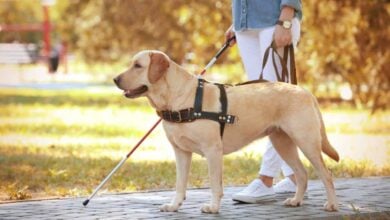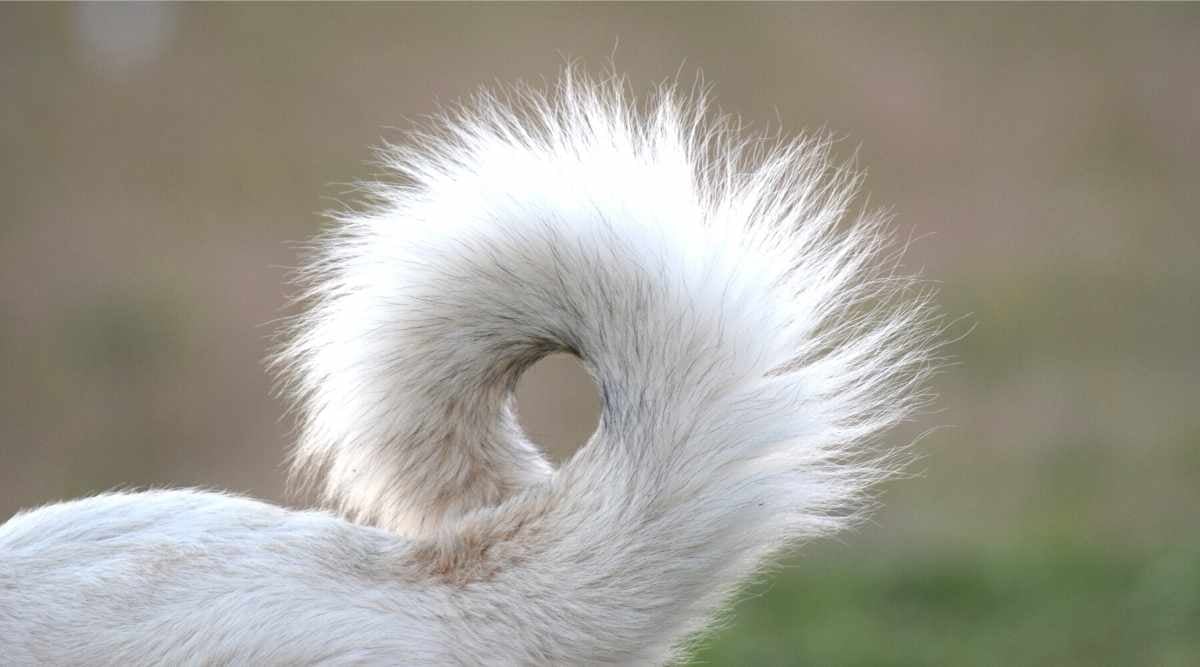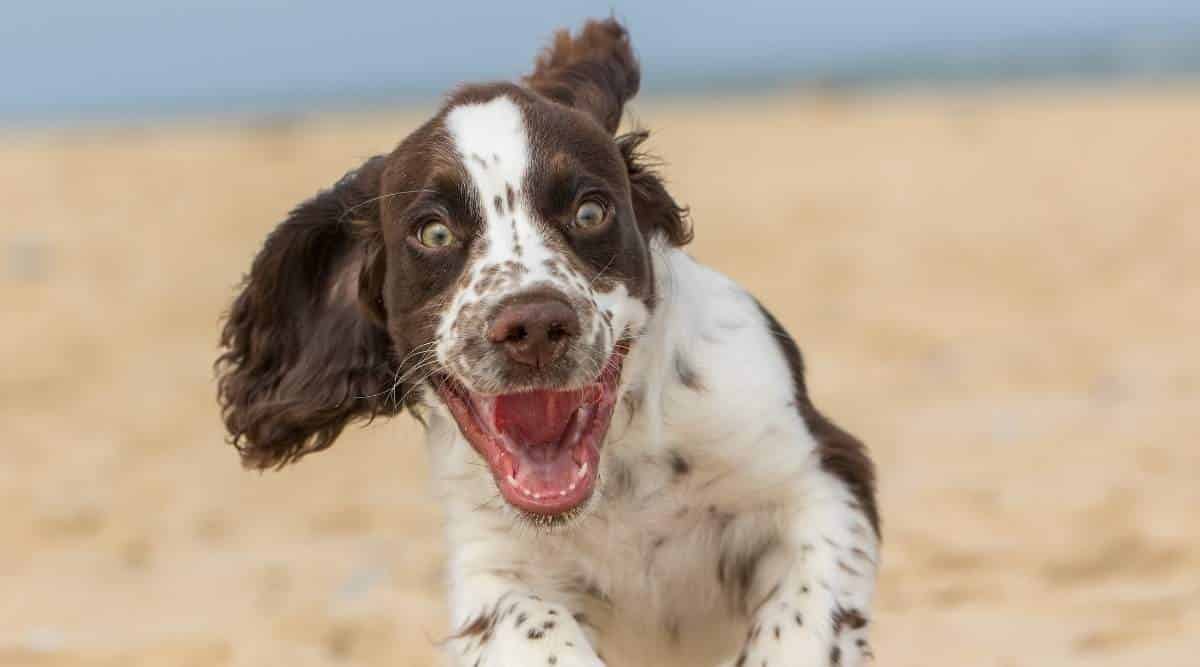Guide To Miniature Dog Breeds
When you purchase through links on our site, we may earn a commission. Here’s how it works.
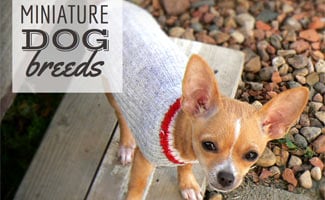
Miniature dogs meet many unique family needs. Whether living in an apartment or looking for a dog that isn’t too large to knock down young children, miniature dog breeds are often a better choice for some families. Below, we will take a look at some of the more popular miniature dog breeds, including Chihuahua, Miniature Pinscher, Italian Greyhound, Cavalier King Charles Spaniel, and more.
Table of Contents
Whatever breed you choose, we know these miniature dogs are sure to capture your heart. With the right owners, any of these mini and toy breeds can be the perfect pint-sized companion.
What Makes A Dog Breed Miniature?
The term “miniature,” when used in reference to dogs, can have two distinct meanings. In the first incidence, “miniature” can refer to the fact that the dog is a smaller version of a larger breed with the same name, for example, the Miniature Poodle. In the second instance, the term miniature can refer to the fact that the dog is just a small dog breed. Below, we will look at breeds of dogs that fall into both of these categories.
Why Choose A Miniature Dog Breed?
Miniature dog breeds are a good choice for a number of households. They are small in size, eat less, and require less room to get healthy exercise. These breeds are very cute and can accompany owners in many places larger breeds cannot. These are just a few of the reasons miniature breeds appeal to so many people.
Families With Young Children
Many families with younger children decide to adopt or purchase miniature breeds because there is less of a chance of their young children getting knocked down. There is, of course, the concern that smaller dog breeds could be more easily injured by toddlers and children who play rough. Smaller breeds tend to be easier to manage and contain than larger pups, which is helpful in homes with small children.
Families That Live In Apartments
Most large and even medium dog breeds require homes with backyards to exercise in. Families that live in apartments are often better off adopting or purchasing miniature dog breeds. These little pups can get plenty of exercise on a walk around the block or complex.
People That Can’t Manage Large Dogs
Some individuals love dogs but simply cannot manage large dogs because of impairment. They are small in stature or simply don’t care for large dog breeds. While it is possible to train all dog breeds to behave well, there may be instances where dogs need assistance from their owners. Elderly dogs sometimes require help getting in and out of vehicles. Sick dogs sometimes require help getting upstairs or outside to the bathroom. In these situations, it is important that dogs can rely on their owners.
Some People Simply Like Smaller Dogs
For some people, smaller dogs mean dogs that cuddle in their laps, lower fees at the kennel, lower cost preventative medication costs, and a dog that they can carry if need be. For other people with small and toy dog breed affinities, there is simply one dog breed that has always captured their hearts.
Watch Out For Small Dog Syndrome
Small dog syndrome can occur when a dog is treated like a person more than a dog. People often associate small and toy dog breeds as being yappy barkers, ankle biting, timid when people approach, or aggressive when you’re in their space. However, small dogs can be amazing, and small dog syndrome can be avoided if you train your dog appropriately.
Top Miniature Dog Breeds To Consider
Affenpinscher
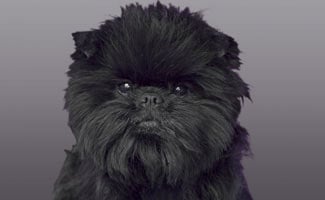
- Lifespan: 10-12 years
- Height: 10-15 inches
- Weight: 7-8 pounds
- Colors: red, black, dark grey, silver and black and tan
- Type of Coat: double coat with the undercoat being curly and the overcoat being wiry in appearance
- Common Health Conditions: slipped stifle, open fontanel, patent ductus arteriosus, fractures, and respiratory conditions as a reaction to hot weather
- Characteristics: intelligent and stubborn
- It is important never to clip this breed’s coat, but it should be brushed on a weekly basis
Brussels Griffon
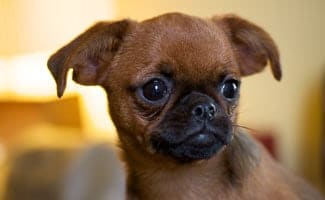
- Lifespan: 12-15 years
- Height: 7-8 inches
- Weight: 6-12 pounds
- Colors: reddish-brown, red-brown and black, black and tan and solid black
- Type of Coat: dense rough coats that are wiry in appearance
- Common Health Conditions: eye conditions, sensitivity to heat, trouble giving birth, respiratory problems, and slipped stifle
- Characteristics: intelligent
- The Brussels Griffon is of unknown origin but is thought to at least be a crossbreed with a Pug and perhaps the Affenpinscher
- While these are low-shedding pups, this breed does require a significant amount of grooming in order to maintain a healthy, knot-free coat
Cavalier King Charles Spaniel
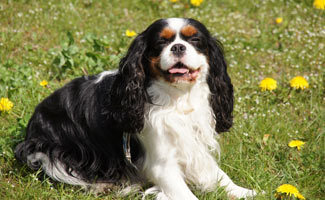
- Lifespan: 9-14 years
- Height: 12-13 inches
- Weight: 10-18 pounds
- Colors: tricolor, mahogany red, black and tan, and red and white
- Type of Coat: medium in length and silky to the touch and should be brushed frequently
- Common Health Conditions: eye disease, syringomyelia, back conditions, dislocated kneecaps, deafness, hip dysplasia, ear infections, obesity, and mitral valve disease
- Characteristics: happy, willing to please, easily trainable, requires a gentle yet firm leader
- The Cavalier King Charles Spaniel is a good companion dog but does not thrive when kenneled for large portions of the day
- This breed has exceptional eyesight and sense of smell and has a hunting background
- Care should be taken to ensure that ears are fully dried following bathing in order to prevent ear infections
- Households looking for a dog that is good with children should know that this breed may do well with older children who understand the needs of this dog, but they tend not to do well with younger children
- The long coat of this dog means that it does not do very well living in extremely warm climates
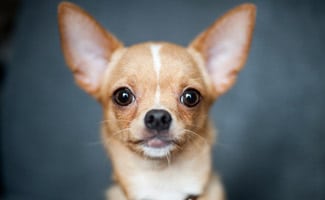 Chihuahua
Chihuahua
- Lifespan: approximately 15 years
- Height: 6-9 inches
- Weight: 2-6 pounds
- Colors: chestnut, black, white, sand, fawn, silver, steel-blue, sable, parti-color and black and tan
- Type of Coat: a thin, short coat that requires an occasional brushing to maintain overall skin and coat health
- Common Health Conditions: small dog syndrome, rheumatism, hum disease, colds, glaucoma, slipped stifle, fractures, upper respiratory conditions, and high levels of stress
- Characteristics: adventurous and strong-willed
- This breed is not recommended for households with young children because they can be easily startled and snap as a means of defending themselves
- Do not do well in colder climates because of their thin coats
- Native to Mexico
Dachshund
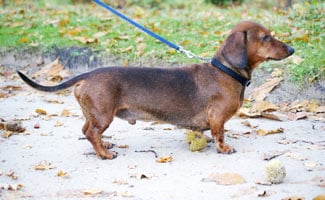
- 3 classes: standard, miniature, and toy
- Lifespan: 12-15 years
- Height: standard 8-11 inches, miniature 5-7 inches, and toy up to 12 inches
- Weight: standard over 11 pounds, miniature 11 pounds or less, and toy 8 pounds
- Colors: wide range of coloration
- Type of Coat: long-haired and short-haired varieties
- Common Health Conditions: urinary tract conditions, diabetes, spinal disc conditions, obesity and heart disease
- Characteristics: intelligent, brave, requires a strong leader, natural-born digger
- With appropriate exercise and firm rules, socialization, and obedience training, this breed does well with family life
Italian Greyhound
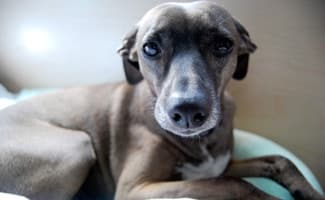
- Lifespan: 12-15 years
- Height: 12-15 inches
- 2 Weight Classes: up to 8 pounds and over 8 pounds (typically between 6-10 pounds)
- Colors: red, fawn, slate grey, blue, black, cream, white or white with colored markings
- Type of Coat: thin, short coat that should be protected from cold weather
- Common Health Conditions: fractures and breaks (particularly in the legs), progressive retinal atrophy, slipped stifle, epilepsy, and upper respiratory infections due to cold exposure
- Characteristics: playful, needs socialization, independent, requires a firm leader, fast
- Providing too much “babying” to this breed can lead the dog to become incredibly nervous and increase the likelihood of snapping behavior
- As a sight hound, they should not be trusted off-leash or with smaller household pets
- The Italian Greyhound is a good dog for apartment life, but they can be particularly active indoors, so they tend not to do well in apartments above the ground floor with hardwood floors
Read more about this dog in our full breed profile: Italian Greyhound
Miniature Pinscher
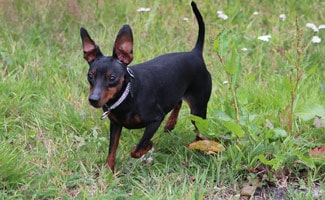
- Lifespan: 15 years
- Height: 10-12 inches
- Weight: 8-10 pounds
- Colors: black with rust coloration, chocolate with tan-red markings, and red with black hairs or “stag red”
- Characteristics: energetic, intelligent, requires leadership from owners (without leadership, the breed can become aggressive, excessive barkers, and develop small dog syndrome)
- Believed to have been developed through cross-breeding between the Dachshund, Italian Greyhound, and the German Pinscher
- When cold outside, cover your “min pin” with a jacket or sweater to keep him/her from developing a cold
Miniature Schnauzer
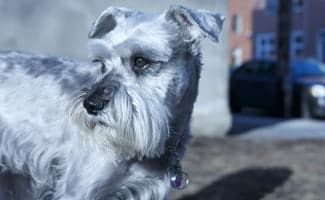 Lifespan: around 15 years
Lifespan: around 15 years- Height: 12-14 inches
- Weight: 10-15 pounds
- Colors: black and silver, salt and pepper, white and black
- Type of Coat: a double coat that’s soft on the underside and wiry on the outer side (often, owners of this breed clip their dogs to appear as though they have bushy eyebrows, a mustache, and a beard, keeping the rest of the coat shorter) it’s important that you brush this breed’s coat daily to prevent knotting and matting of the fur
- Common Health Conditions: diabetes, von Willebrand’s disease, kidney stones, liver disease, cysts, eye conditions and obesity
- Characteristics: intelligent, energetic, requires socialization and strong leadership
- Miniature Schnauzers were derived from cross-breeding between Standard Schnauzers and Affenpinschers, and some believe the Poodle was also mixed in the cross-breeding
- The hair of these dogs does not shed frequently, and as such, they are recommended for some allergy sufferers who are looking for a low-allergen dog
- If not provided stable leadership, this breed can develop a number of behavioral issues, including separation anxiety, nuisance barking, and guarding behavior
Yorkshire Terrier
 Lifespan: 12-15 years
Lifespan: 12-15 years- Height: 6-7 inches
- Weight: 7 pounds
- Colors: steel-blue or tan
- Type of Coat: long coat that is silky to the touch
- Common Health Conditions: bronchitis, slipped stifle, early tooth decay, digestive trouble, sensitivity to anesthetic, and problems giving birth
- Characteristics: energetic and demands strong leadership
- Naturally, these dogs have a considerable amount of hair on their heads that must either be trimmed or put in a hair band to ensure that the dog can see properly
- Banding or clipping hair also helps to avoid matted fur from food and water exposure
- The longer fur of the Yorkie requires regular brushing, but with regular maintenance, this is a low-shedding breed
- Teeth cleanings are a must
- Yorkies are not the ideal breed for households with children unless the children are older and able to understand the needs of a smaller dog
- This breed is sensitive to colder weather and prefers to stay where it is warm or to be provided additional warmth in colder climates
Video: Miniature Dog Breeds Mashup
Want to see these guys in action? Check out this video compilation of miniature dog breeds.
Which Miniature Breed Is The Right One For You?
Researching which miniature dog breed is right for you can be tedious, but it is important to pick a dog that will be happy in your home and a dog that you will be happy with. Be sure to ask any questions you may have to an educated professional, such as a rescue organization or a reputable breeder, and really prepare before deciding to bring your new dog home.
